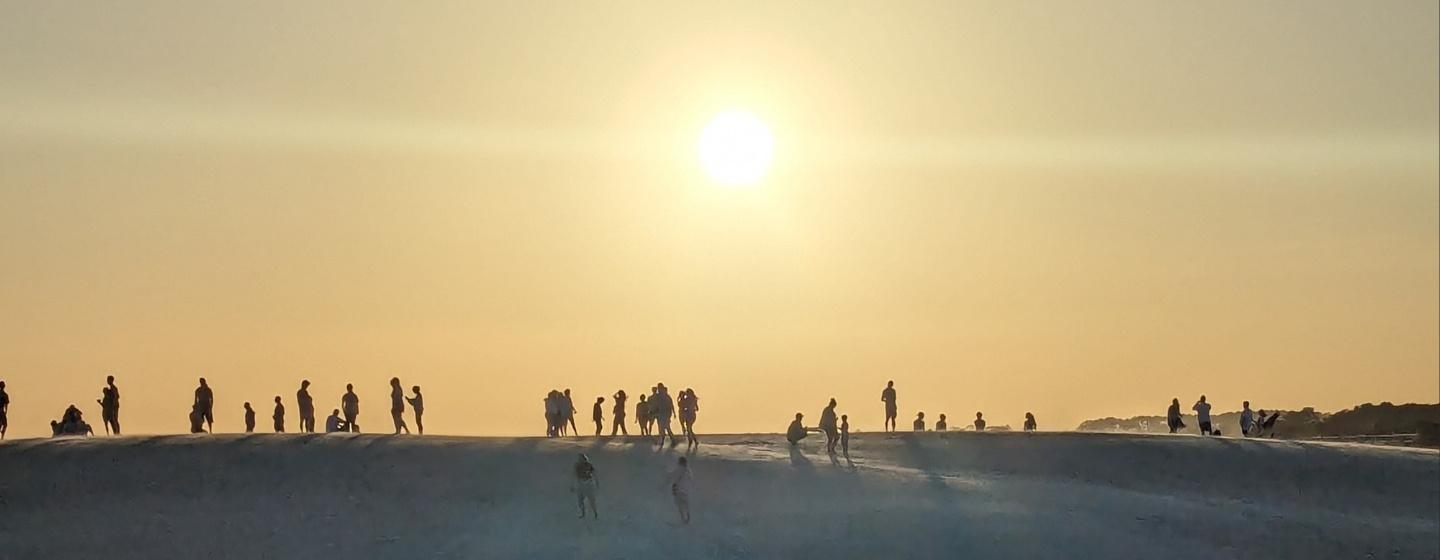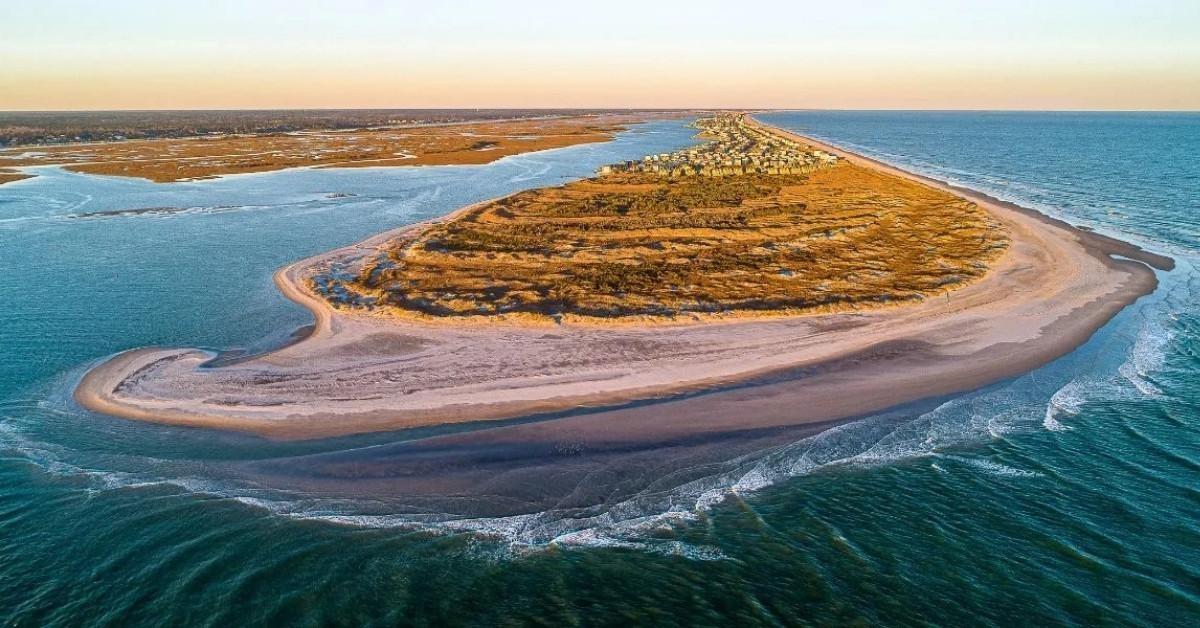Iconic North Carolina State Park Turns 50


There’s something reassuring about visiting a place you haven’t been to for a while and discovering nothing seems to have changed. Deep down you know you’ve gotten older, but it’s nice to know some things stay the same.
That’s how I felt visiting Jockey’s Ridge State Park in Nag’s Head recently. It’s been almost 10 years since my family visited the park, so returning to hike the massive dunes, see the ocean on one side and Roanoke Sound on the other and essentially take in the same sights from a decade ago was comforting.
Except I was completely wrong.
Jockey’s Ridge is the tallest active sand dune system in the eastern United States and easily the most impressive dunes that still exist on the Outer Banks. However, Jockey’s Ridge is constantly changing.
Along the dunes, the winds blow from the northeast during the winter and from the southwest during the summer, so the sand is always being blown back and forth. (That’s why it doesn’t blow away.) At times, the dunes can reach 60 feet tall.
And because Jockey’s Ridge is continually reshaped by the wind, it is often referred to as “The Living Dune.”
“At one time, the Outer Banks dune system stretched for about 80 miles from around Cape Hatteras all the way into Virginia,” Austin Paul, park ranger at Jockey’s Ridge, told Sci NC. “But because of the winds, storms, erosion and also development, Jockey’s Ridge protects about the only part of that system that is still intact, so it’s a really important place.”
Paul says the dune system moves from one to six feet every year, and sand must be removed from a nearby neighborhood and placed back into the park. That natural shifting by the wind and shoveling by park staff essentially keeps the dunes in their original location.
Jockey’s Ridge State Park covers about 426 acres and is 1.2 miles long and about a half mile wide. But you’ll find three distinct ecosystems in that space.
Dunes: This is obvious. The dunes are made up of shifting sand that lacks vegetation, and because of the harsh environment, you won’t find any plants or animals here. But at the base of the dunes, there are grasses, small plants and small animals.
Maritime thicket: The park has a lot of trees, including oaks, sweet gum and pines. The trees can live here because the dune protects them from wind and salt spray from the ocean. But that protection only goes so far, which is why the tree growth is stunted.
Roanoke Sound Estuary: This is a rich habitat for a variety of plants, animals, birds and fish.
Scientists believe the dunes that make up Jockey’s Ridge formed 3,000–4,000 years ago. The sand is primarily quartz rock.
Geologists believe strong ocean currents and storms, which are what the Outer Banks are known for, washed sand from offshore shoals onto the beach. Over hundreds of years, winds picked up the sand and blew it inland, creating the dune system that stretches along the Outer Banks today.
Fast forward to 1973, when children spotted a bulldozer starting to flatten parts of Jockey’s Ridge. They ran home to tell their mom, Carolista Baum. She ran out and planted herself in front of the machine to stop it. Her action sparked a movement, and the grassroots effort to create the state park was underway. The park was dedicated in 1975.
Last year alone, Paul said the park welcomed about 400,000 visitors.
“North Carolina State Parks have a threefold mission,” said Paul. “We want to provide recreation opportunities for visitors, we want to protect unique cultural and natural resources and we want to educate visitors about the places they are visiting. And we believe all of those goals are met at Jockey’s Ridge State Park, which is why we remain one of the most visited parks in the system.”
Visit JockeysRidge50.com for more information about the park and its 50-year anniversary celebration, which runs June 5–8, 2025.

A conservation group raises enough money to buy and preserve “The Point,” 150 acres of undeveloped land that’s home to threatened and endangered wildlife.